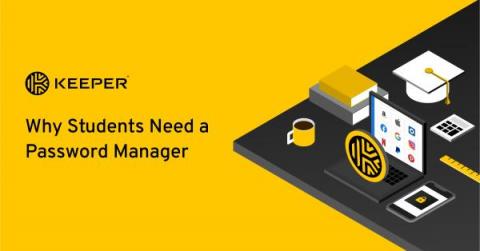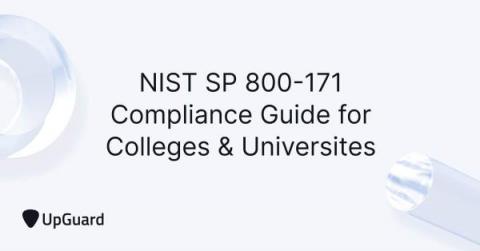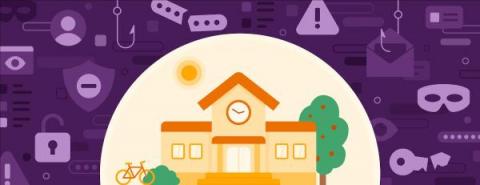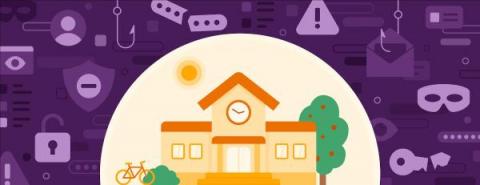How Colleges & Universities Can Detect Data Leaks
Data leaks happen when sensitive data or personally identifiable information (PII) is accidentally exposed on the internet or dark web. Typically, data leaks only occur due to poor cyber hygiene, weak network security, or software misconfiguration that can lead to unintended data exposure. Without proper data leak detection processes, cybercriminals and hackers can exploit the exposed data without the organization’s knowledge using open-source intelligence (OSINT).











